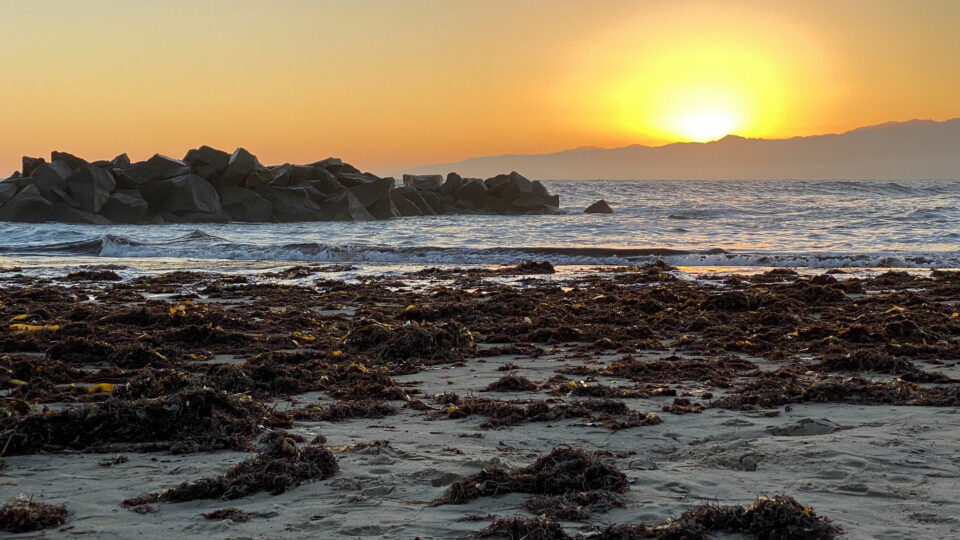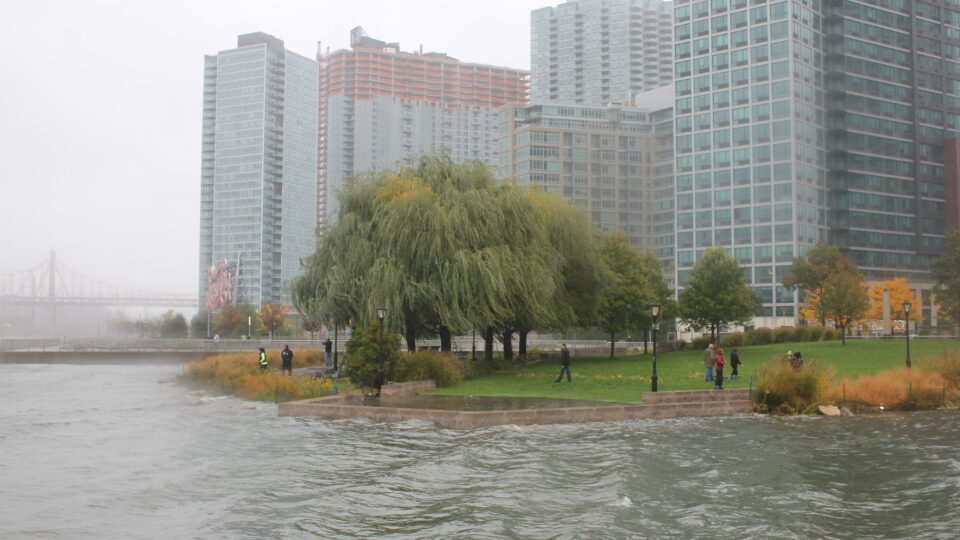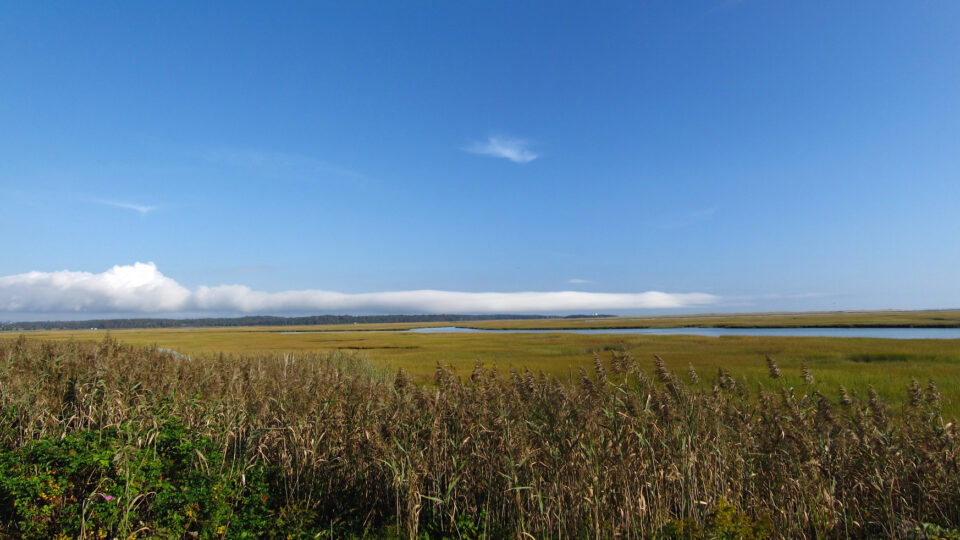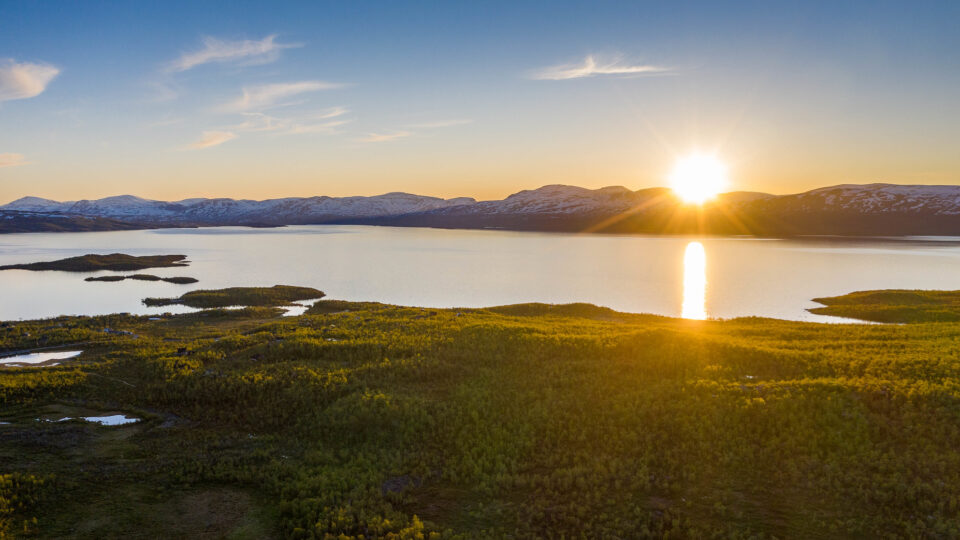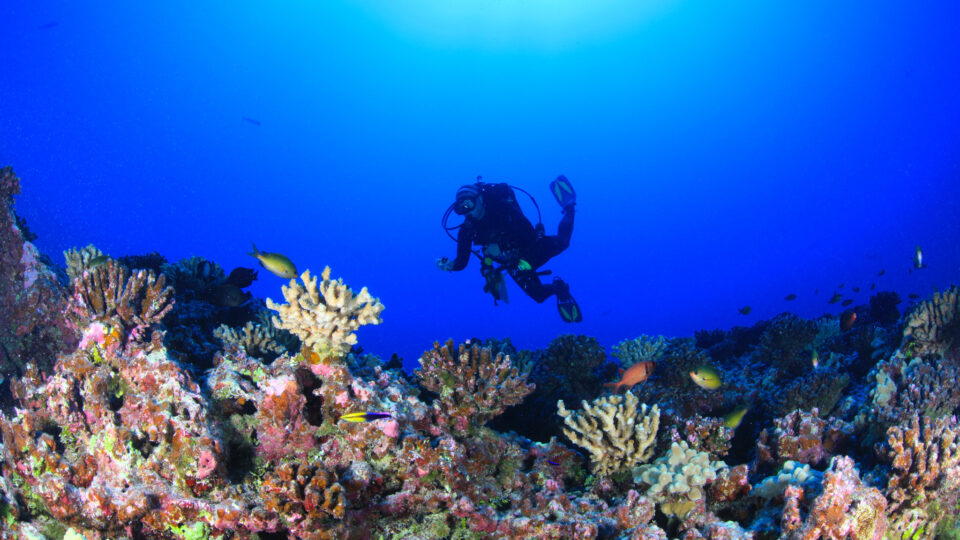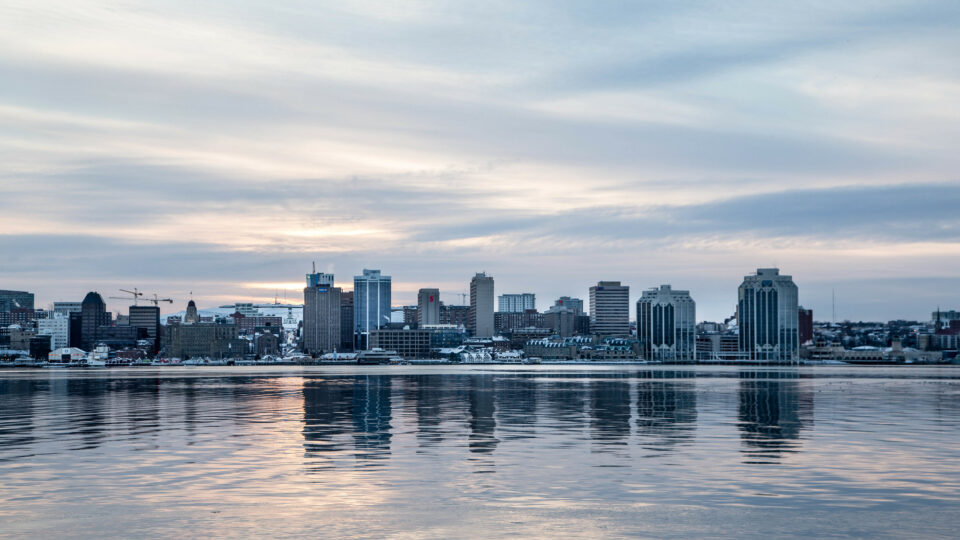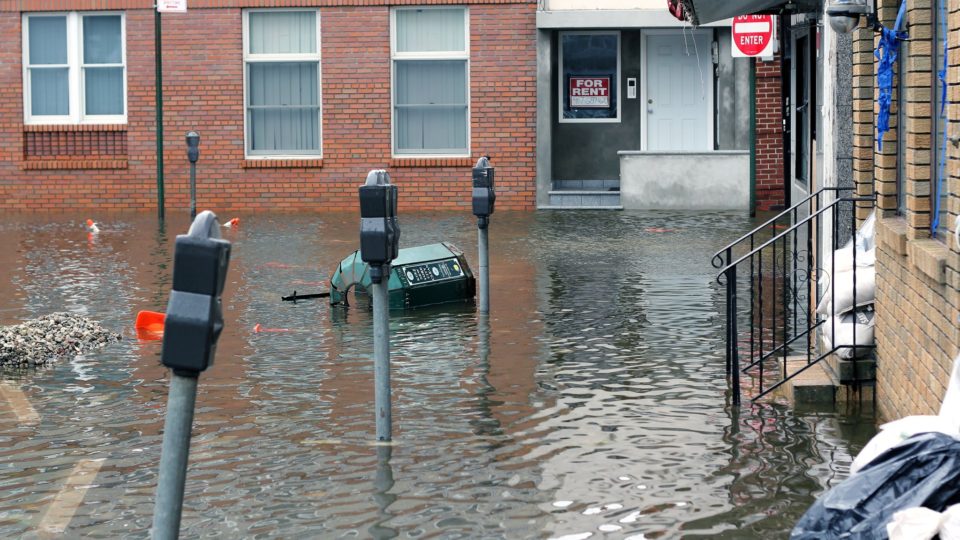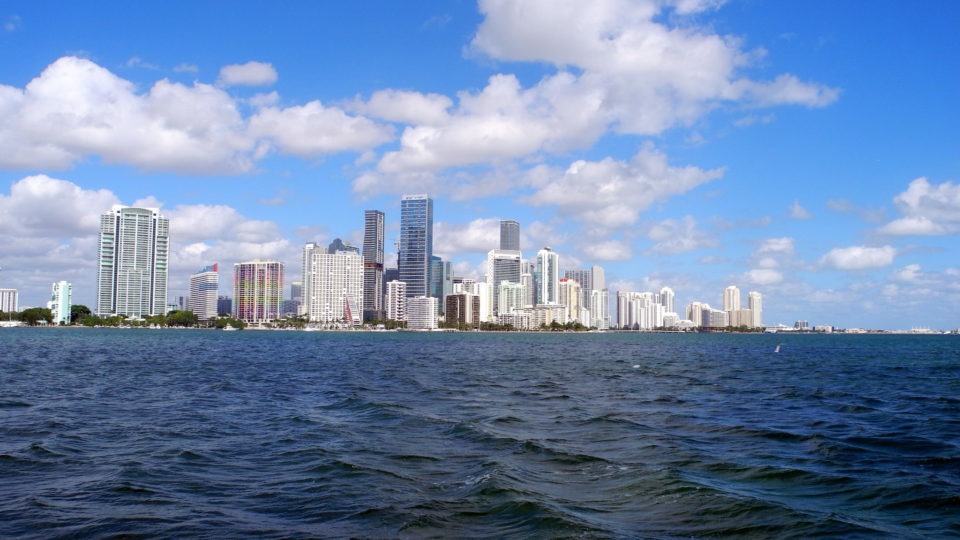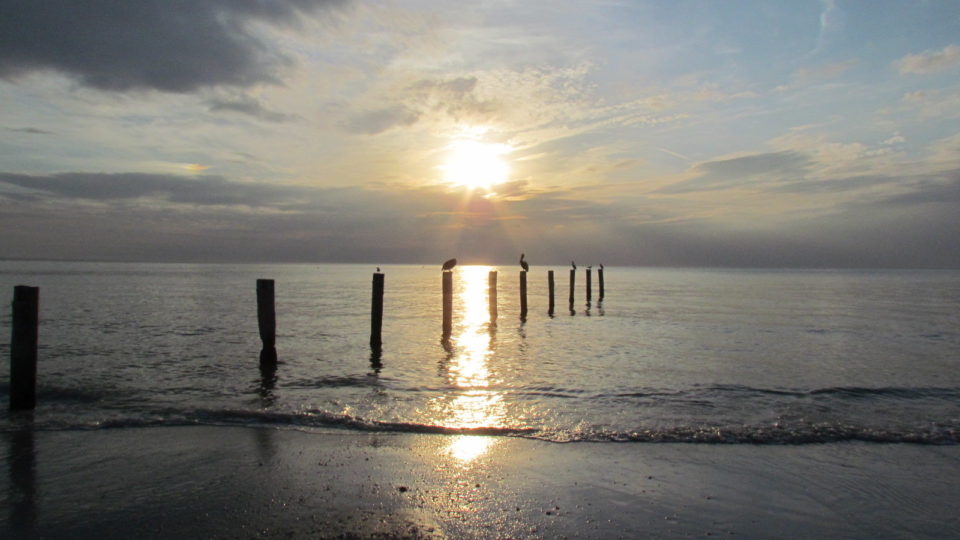Protecting coastal cities and towns from the dangers of tsunamis, storm surges, and sea-level rise has become an ever-increasing challenge. There are so-called hard coastal defenses as well as nature-based solutions. A new study by the University of Tokyo has found that combining the two types of defenses may be the most effective way to protect, support, and enrich coastal communities.
Sea walls, dikes, dams, and breakwaters are the traditional hard measures. They are popular and have proven track records but are facing challenges to keep pace with increasing climate risks. They are expensive to build and require continuous upgrades and repairs. While they do provide protection from many disaster risks, they also can cause significant disruption to coastal ecosystems as well as to coastal communities.
Nature-based coastal defenses include such things as mangroves and coral reefs. So-called soft measures involve restoring, rehabilitating, reforesting, and nourishing natural ecosystems that protect coastal areas.
The Tokyo researchers analyzed the defense strategies in terms of risk reduction, climate change mitigation, and cost-effectiveness over a 20-year period. The results of the study were that among all coastal defense options in lower-risk areas, hybrid measures provide the highest risk reduction and can harness the advantages of both hard and soft measures.
The findings provide strong evidence for integrating nature-based components into coastal defenses, but these approaches have not yet been adequately tested in circumstances of extreme events and high-risk urgency. Research in this area has important implications for policy makers, coastal planners, and communities looking to make evidence-based decisions.
**********
Web Links
A natural touch for coastal defense
Photo, posted October 22, 2021, courtesy of Kevin Dooley via Flickr.
Earth Wise is a production of WAMC Northeast Public Radio
